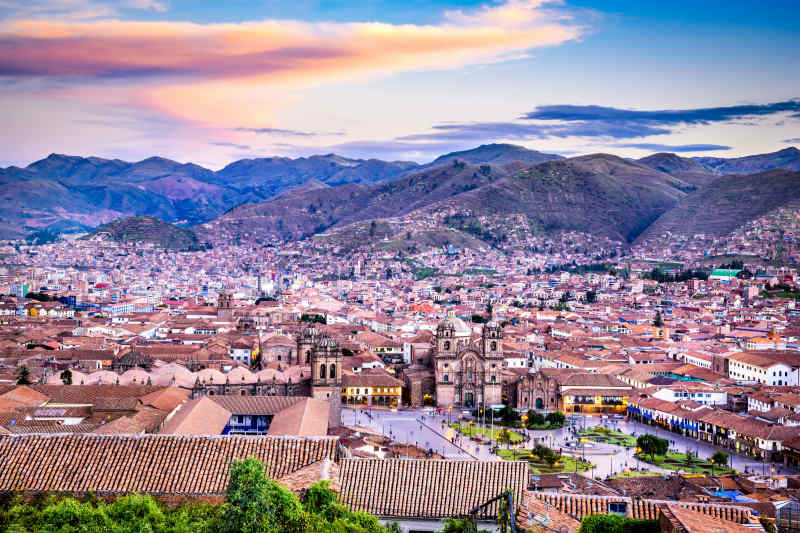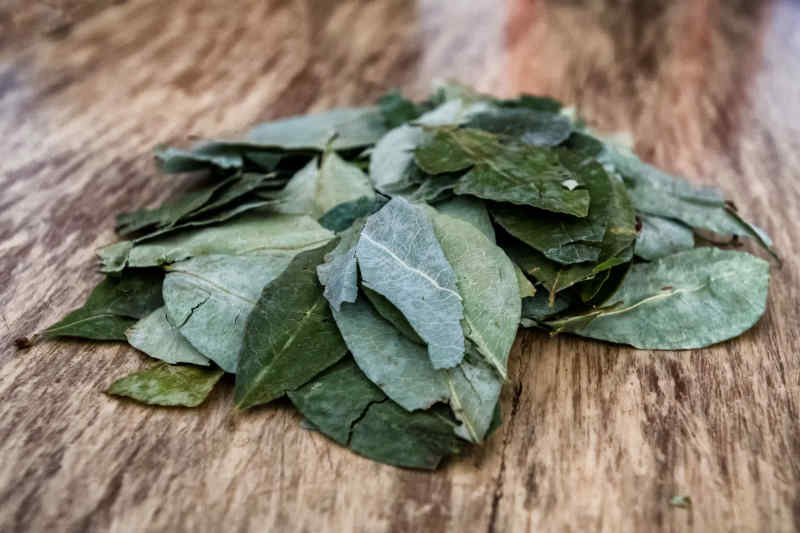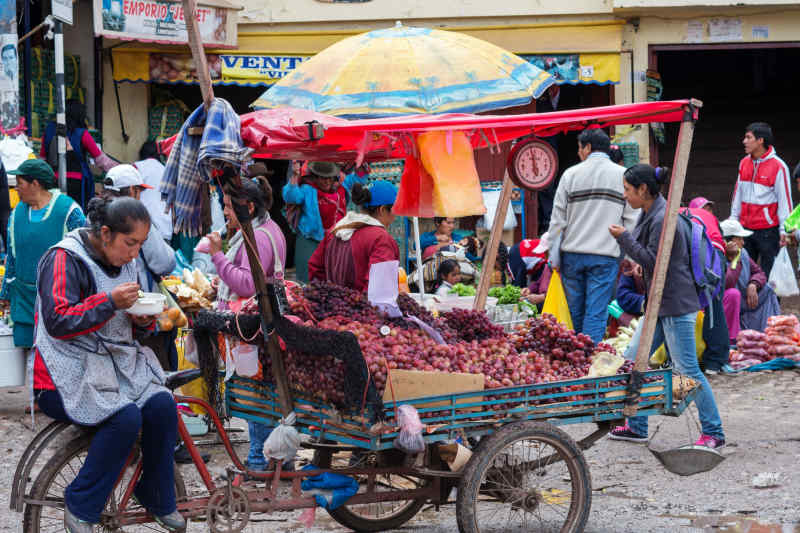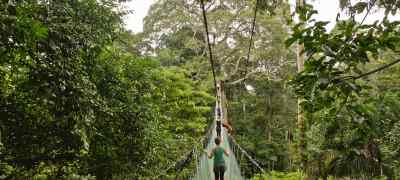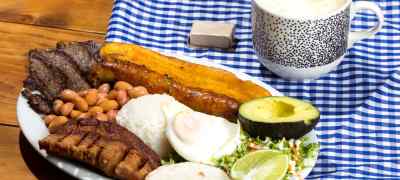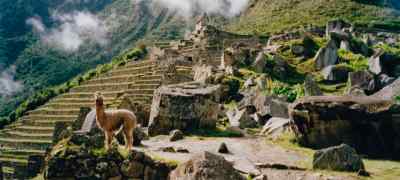By Briana Seftel
Cusco will take your breath away - literally. Located 11,500 feet above sea level, Cusco is among some of the highest cities in the world. It’s also one of the most stunning destinations in South America with a fascinating mix of old and new. If you plan on visiting Cusco, our guide will have you feeling like a true cuzqueño in no time.
History
Once the capital of the Inca Empire, Cusco is a spellbinding city with a fascinating history. According to local legend, Cusco was founded by the first Inca ruler and a son of Inti, the sun god. The city was originally laid out in the shape of the puma, with Sacsayhuamán as its head and the present day Plaza de Armas as its heart.
In the 16th century, Spanish settlers arrived and destroyed most of what the Incas built, instead constructing their own cathedrals and plazas. The juxtaposition of these two cultures makes this city truly one to remember.
What to Know
With its high altitude and 30% less oxygen, travelers to Cusco will likely feel light headed upon arrival. One of the most popular and traditional methods of treating altitude sickness is with coca leaves. You’ll find bowls of these dried leaves all over the airport and at most hotels. If you’re not fond of chewing dried leaves, you can also drink coca steeped in hot water.
While Cusco has a dry and temperate climate year round, there are two distinct seasons: rainy season (December to March/April) and dry season (June to September). Cusco sees the most visitors during the dry season, especially in the summer months.
What to Bring
Due to its high elevation, Cusco can get very chilly at night. Whenever you visit, it’s always a good idea to pack a warm jacket, hat, scarf and gloves - and wear layers. If you plan on hiking Machu Picchu or doing other outdoor activities, good walking shoes and a small backpack or crossbody bag are other essentials. You should also bring a voltage converter to prevent your electronics from burning or frying.
Where to Eat
While not as internationally recognized as Lima, Cusco’s dining scene is far from forgettable. Travelers will find everything from burgers to pasta, with plenty of Peruvian gems peppered in. Adventurous eaters shouldn’t miss cuy, an Andean specialty of whole roasted guinea pig.
- Greens Organic: Sta Catalina Angosta
- Pachapapa: Carmen Bajo 120
- Cafe Dos X 3: Calle Marquez
- Incanto: Santa Catalina Angosta, 135
- Papachos: Santa Catalina Angosta, 115
- Cicciolina: 2nd Floor, Triunfo 393
- Los Toldos: San Andrés 08000
Bonus: San Pedro Market is as authentic as Peru comes! Do as the locals do and head to the market to peruse the stalls and pick up a fresh fruit smoothie.
What to See
Most of what you’ll want to see in Cusco will be in the city’s main historic center. Everything is supremely walkable and easy to find, so put on your best walking shoes and get exploring!
Plaza de Armas
Plaza de Armas is Cusco’s beating heart and often the first stop for travelers. The stunning plaza has been the center of activity for thousands of years, with the colonial cathedral at the center of it all. It’s a prime spot for a leisurely stroll and people-watching, however you may be stopped by locals trying to sell you their wares. A simple smile and shaking your head will keep them at bay while you enjoy the sheer beauty of the plaza.
Cusco Cathedral
Towering over the Plaza de Armas, this cathedral was completed in 1654 and serves as the architectural focal point of the city. Don’t just admire the cathedral from the outside - pay the small entrance fee and be amazed by the grandeur of its interior and collection of colonial art.
Tip: Photos are strictly prohibited inside the cathedral.
Qorikancha
Also known as the Temple of the Sun, Qorikancha is considered the most important Inca ruin after Machu Picchu. Dedicated to the sun god, the temple was once covered in sheets of gold, but was stripped during colonial times. A Dominican monastery was then built on top of the temple, making it one of the most interesting sights in all of Cusco.
San Blas
Huff and puff your way up to San Blas, a peaceful neighborhood that’s a favorite for its handicrafts, restaurants, and narrow cobblestone lanes. Spend some time exploring Plaza San Blas, San Blas church and San Cristobal cathedral, and pick up a few souvenirs! On your way up or down, don’t miss the famous 12-angled stone perfectly nestled in a wall.
Sacsayhuamán
Located just north of the city center, Sacsayhuamán demonstrates the Inca’s almost unbelievable engineering skills. What’s left of this ancient fortress is three tiered walls, each composed of giant stone rocks stacked perfectly together. How the Incas were able to build the impressive site remains a mystery to many - but certainly worth exploring!
Pro tip!
If you plan staying in Cusco for a few days, you may want to purchase the Boleto Tourístico, which will grant you access to 16 of Cusco’s best-known attractions. Each ticket costs around $25 USD and can be purchased at the COSITUC office on 103 Avenida del Sol.
Day Trips
Cusco is the gateway to the Sacred Valley and Machu Picchu. You can either arrange day trips online in advance or while you’re in Cusco - either way, make sure you’re going with a reputable tour company. Because of its dirt roads and often perilous twists and turns, we don’t advise renting a car. Below are two articles you should keep on hand when planning day trips from Cusco.
6 Must-See Sites in Peru’s Sacred Valley
A Complete Guide to Visiting Machu Picchu
Bonus: Souvenirs worth the trip!
You simply cannot visit Cusco without picking up one (or a few) handcrafted souvenirs. Cusco is famous for its colorful clothing and textiles made of alpaca wool. Travelers should check out the Centro de Textiles Tradicionales del Cusco, a non-profit that keeps the weaving traditional alive. When purchasing items, make sure the item is 100% alpaca wool and is made in Peru. It's common to haggle in Cusco, so don’t be shy!

